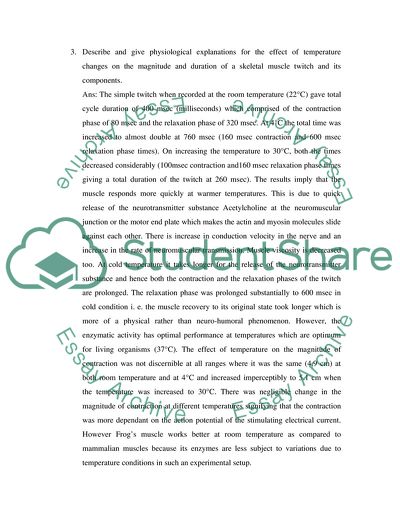Cite this document
(The Heat-production in Prolonged Contractions of an Isolated Frog's Mu Assignment, n.d.)
The Heat-production in Prolonged Contractions of an Isolated Frog's Mu Assignment. Retrieved from https://studentshare.org/science/1711124-skeletal-muscle-simple-twitch-load
The Heat-production in Prolonged Contractions of an Isolated Frog's Mu Assignment. Retrieved from https://studentshare.org/science/1711124-skeletal-muscle-simple-twitch-load
(The Heat-Production in Prolonged Contractions of an Isolated Frog'S Mu Assignment)
The Heat-Production in Prolonged Contractions of an Isolated Frog'S Mu Assignment. https://studentshare.org/science/1711124-skeletal-muscle-simple-twitch-load.
The Heat-Production in Prolonged Contractions of an Isolated Frog'S Mu Assignment. https://studentshare.org/science/1711124-skeletal-muscle-simple-twitch-load.
“The Heat-Production in Prolonged Contractions of an Isolated Frog'S Mu Assignment”, n.d. https://studentshare.org/science/1711124-skeletal-muscle-simple-twitch-load.


